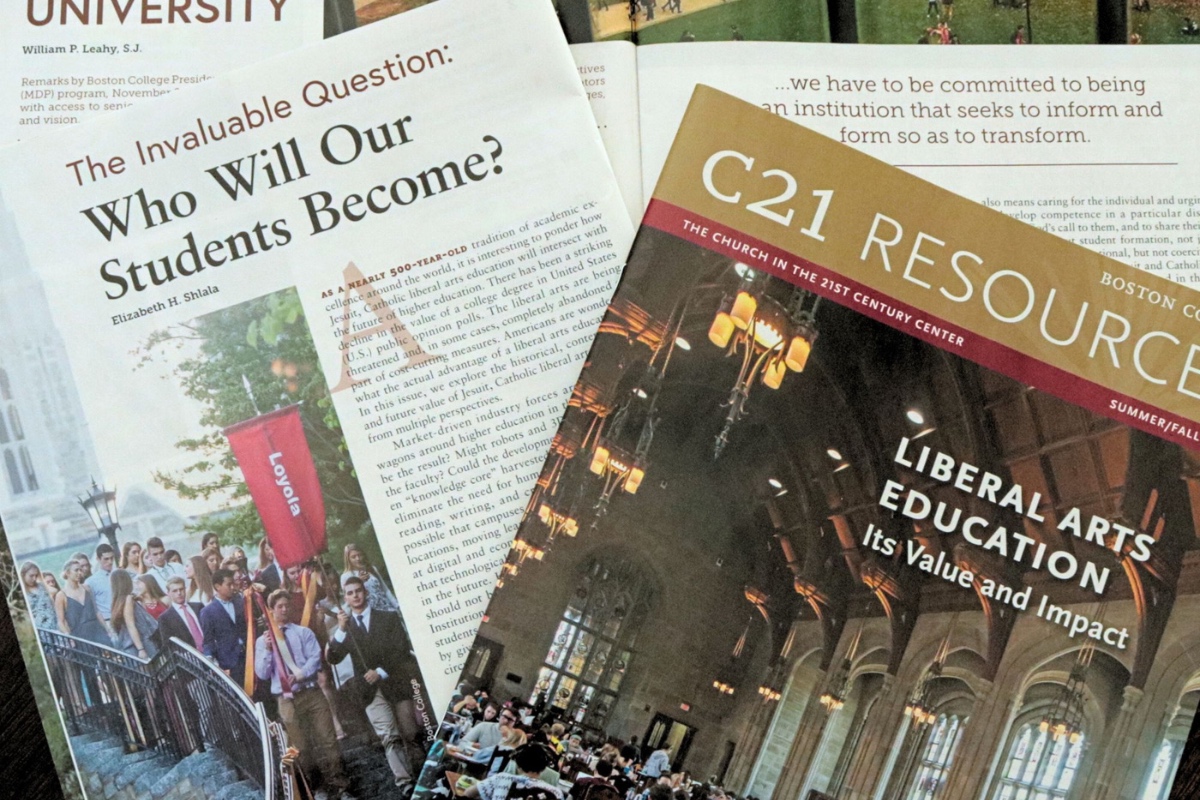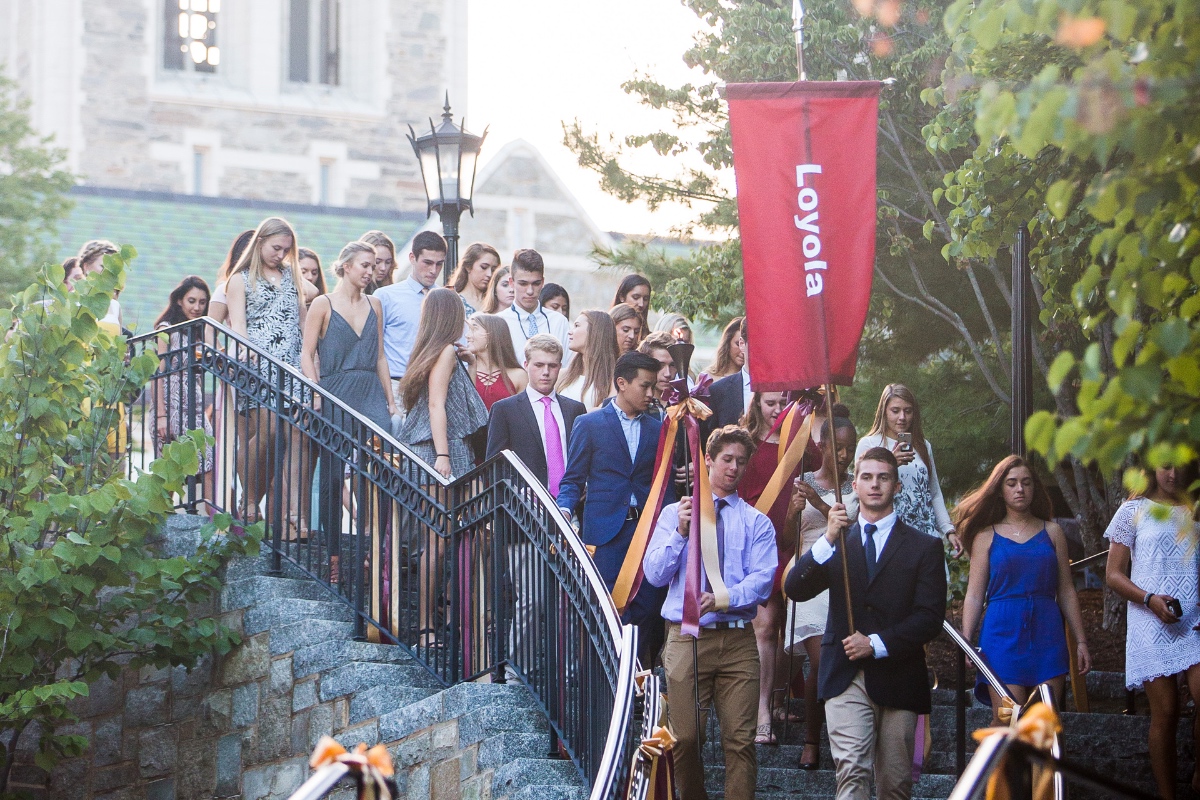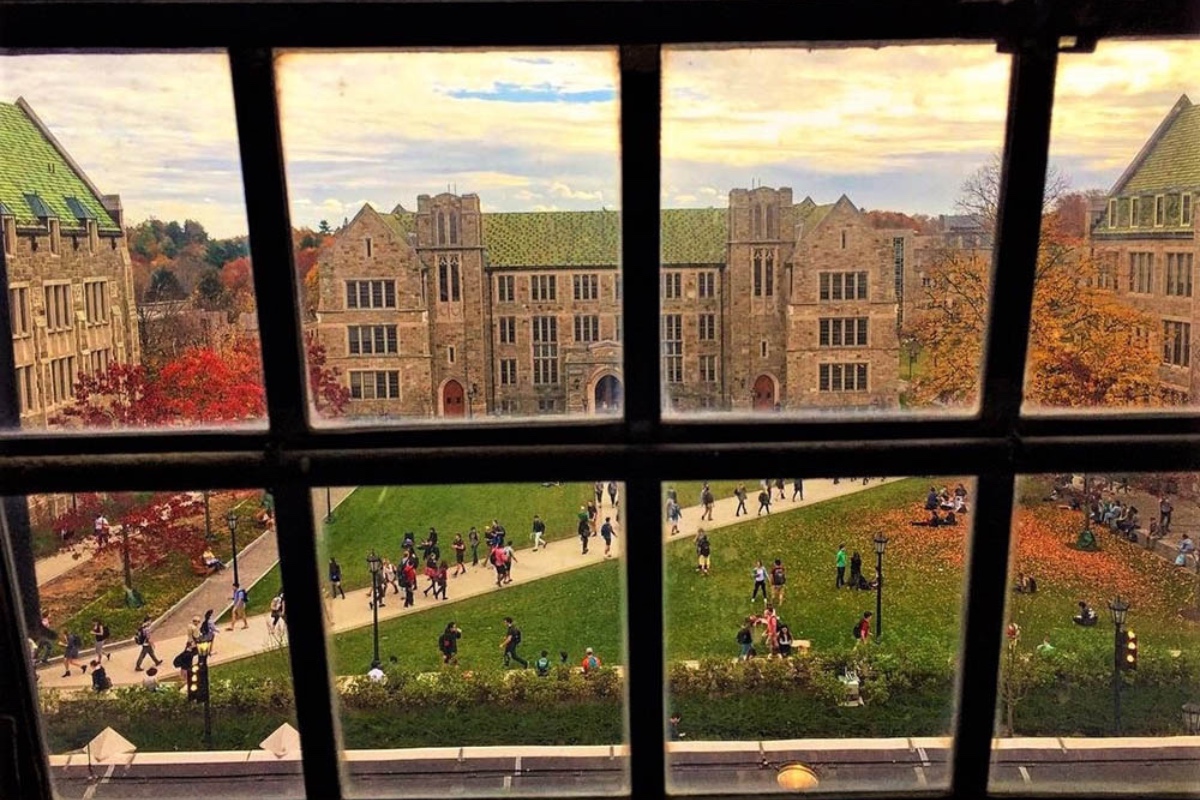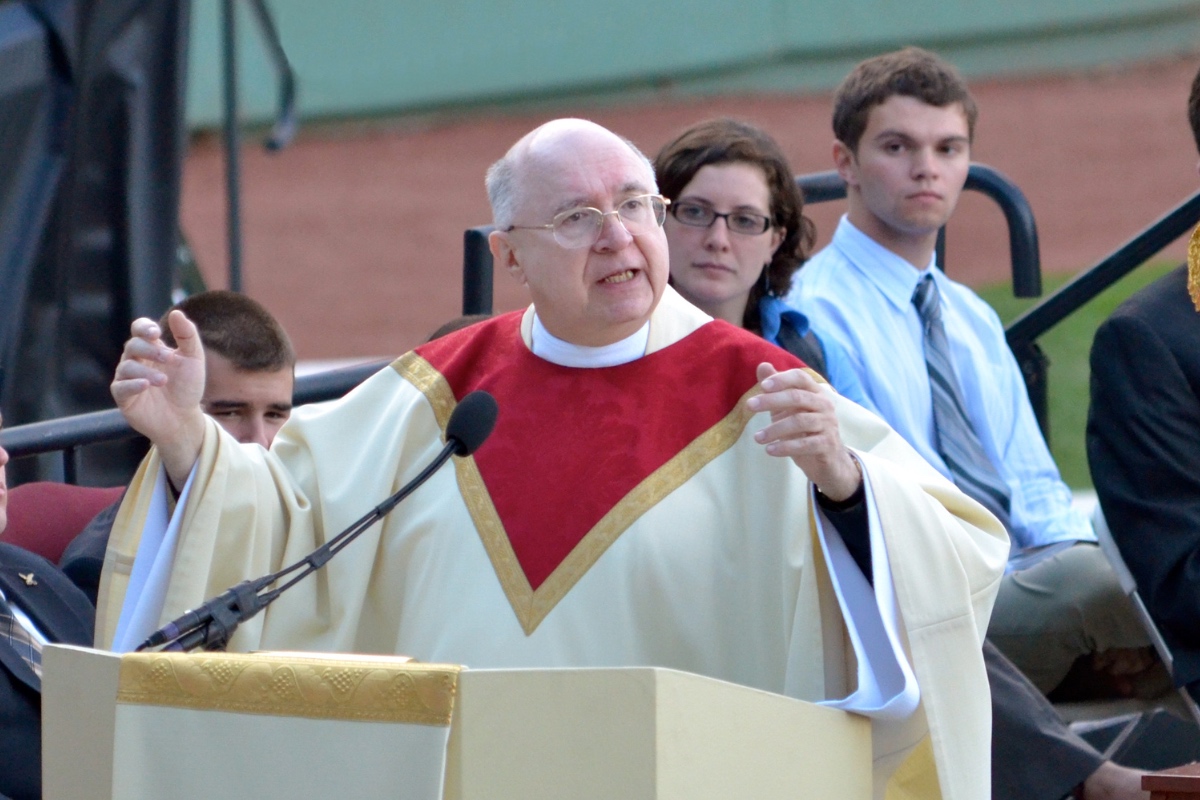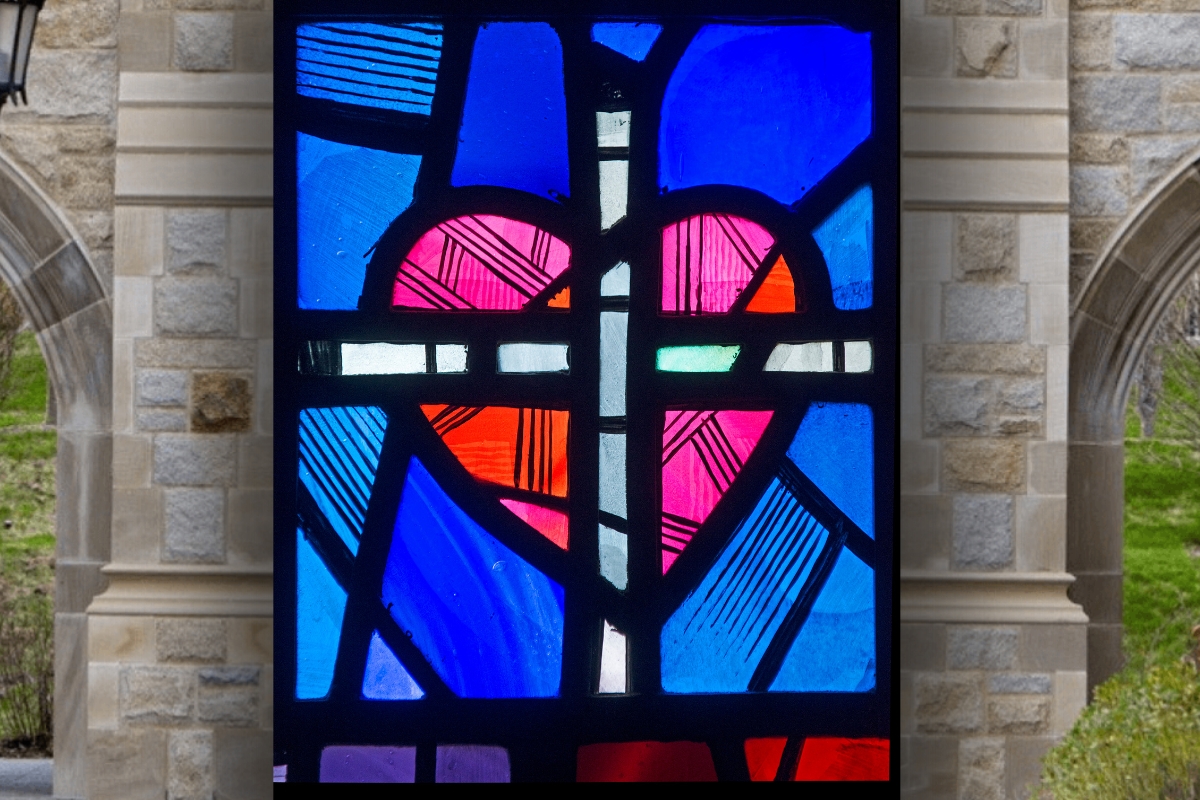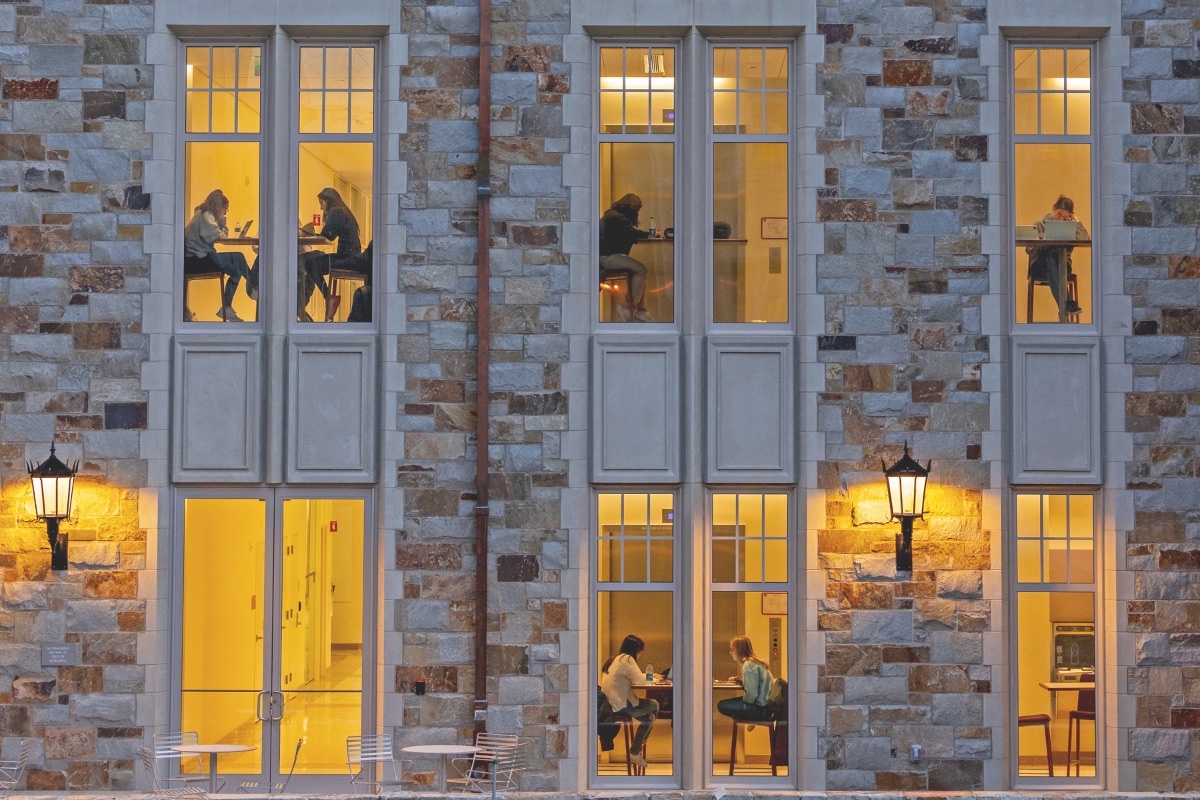Aside from top-tier colleges with large endowments, many of the rest struggle to balance their budgets. Despite raising tuition by approximately 70% from 1995 to 2020, most public and private institutions do not collect enough tuition revenue to meet expenses and invest in their futures.
Critics, including politicians, urge higher education leaders to be more efficient by cutting majors and programs. Not surprisingly, liberal arts education is often in the crosshairs of these critics. If a major or field of study doesn’t lead directly to a job and paycheck, they say, it’s not worth having.
In recent decades, technology has profoundly changed how people live and work. Experts predict that this will continue at an even more rapid clip. But this is no justification to abandon the liberal arts. In fact, it might underscore their importance.
David Deming is an economist at Harvard University who studies education, skills, and the future of work. In an article he published in The New York Times in 2019, Professor Deming acknowledges that “computer science and engineering majors have better employment prospects and higher earnings than their peers who choose liberal arts.”
However, his research shows that this advantage for STEM majors “fades steadily after their first jobs, and by age 40 the earnings of people who majored in fields like social science or history have caught up.” The reason, he says, is that “many of the latest technical skills that are in high demand today become obsolete when technology progresses.”
Furthermore, Professor Deming explains, “although liberal arts majors start slow, they gradually catch up to their peers in the STEM fields.” He argues that “a liberal arts education fosters valuable soft skills like problem-solving, critical thinking and adaptability.” He also points to a 2018 survey by the National Association of Colleges and Employers that reveals that the skills considered most important by employers are “written communication, problem-solving and the ability to work in a team.”
Martha Nussbaum, a professor of philosophy at the University of Chicago, points to David Rubenstein, a founder of the Carlyle Group, a private equity firm, and current chair of the board of trustees at the University of Chicago, as another standard bearer for the importance of liberal arts education. He expresses his support in a simple formula, H=MC, which means Humanities Equals More Cash! (Chronicle of Higher Education, January 17, 2024)
All of this has important implications for how young people should approach college today. Rather than being narrowly focused on one field of study, students should pursue a broad array of courses in the arts, humanities, and social sciences as well as STEM courses. When students read the great writers and thinkers, grapple with their ideas, and debate them with peers, they learn how to read critically, think analytically, and communicate effectively with the written and spoken word. These skills imbue students with the versatility to remain competitive in today’s rapidly evolving employment climate.
Given their investment of time and money, students must acquire a skill set to compete in the modern workplace. But they also need a broadly based liberal arts education to sharpen their critical thinking, enlarge their imaginations, and fuel their creativity.
Steve Jobs was widely regarded as one of the greatesttech entrepreneurs of our time. Yet, he attended liberalarts-focused Reed College in Portland, Oregon, beforedropping out to pursue his career. Mr. Jobs told hisbiographer, Walter Isaacson: “I read something thatone of my heroes, Edwin Land of Polaroid, said aboutthe importance of people who could stand at theintersection of humanities and sciences, and I decidedthat’s what I wanted to do.”
Think of the first Mac computers and the iPhone,both marvels of scientific engineering. What made thempopular, though, was that Mr. Jobs designed productswhich were essential for work and daily life but alsovisually and functionally appealing. This understandingof human nature emanates from someone who is comfortableat the intersection of the humanities and sciences.
Drew Gilpin Faust was the 28th president of HarvardUniversity and the first woman to hold that office. Whilea noted scholar of American history, she acknowledgedthe importance of a balanced education when she saidthat society needs “scientifically sophisticated humanistsand humanistically grounded scientists and engineers.”
The poet John Ciardi delivered a speech in 1954 atRutgers University in which he reflected on the purposeof a college education in the context of one day. Foreight hours, he said, most people will be engaged withsome kind of work, and hopefully a good education willserve them in that endeavor. For another eight hours,most people should be asleep, which should require noeducation at all. For the remaining eight hours, overwhich they have complete control, he asks his audience how they might choose to spend that time. Will they sit around idly wasting it until it’s time to work? Or willthey read a book, see a play, listen to some music, engagein some kind of mind-stimulating behavior? Will they beintellectually alive and will they engage with their fellowcitizens and their communities? In short, will they usethis critical eight-hour period to live with meaning andpurpose and in a way that elevates the human condition?
These individuals are preaching the importance ofbalance in a college education. Given their investmentof time and money, students must acquire a skill set tocompete in the modern workplace. But they also needa broadly based liberal arts education to sharpen theircritical thinking, enlarge their imaginations, and fueltheir creativity.
Liberal arts education prompts students to thinkabout what it means to be human, to care for others andfor the planet, and to fashion lives not just of ambition andaccomplishment but also humility and compassion.
John L. Mahoney ‘79, M.A.T. ‘85, retired as vice provost for enrollment management at Boston College (BC) in 2023. A key architect for BC’s success in undergraduate admissions and enrollment, he served as director of undergraduate admissions from 1990–2018.
Photo: Students at the Boston College main Commencement ceremony in Alumni Stadium (2022). Photo credit: Courtesy of Caitlin Cunningham, Boston College



